Did you know that a single guitarist can fundamentally reshape a musical genre with just a few powerful chords? This is precisely what Johnny Ramone achieved, leaving a mark not only on punk, but on broader music history. Serious scholarly work has now recognized Ramone among the most influential American guitarists (Rolling Stone ranked him #16 in their “100 Greatest Guitarists”). Through methodical hands-on exploration, it becomes evident that Johnny’s relentless downstrokes and precise power chords established not just the Ramones’ sonic identity, but also set the technical and artistic standard for punk rock. In this article, we objectively analyze his core guitar methods, unpack his gear choices and DIY modifications, and critically assess his influential yet sometimes polarizing legacy for today’s players.
Who Was Johnny Ramone? The Man Behind the Churn
Johnny Ramone: The Guitarist Who Shaped Punk
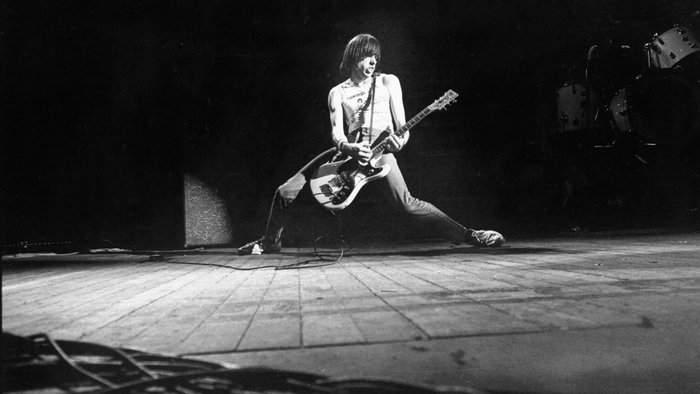
Why did Johnny Ramone become punk’s most enduring guitar icon despite eschewing technical complexity? Objectively, his significance stems from an unwavering, almost ideologically minimalist approach. Unlike many contemporaries chasing intricate solos or high-level virtuosity, Johnny Ramone insisted that less could truly mean more. He crystallized punk’s raw ethos through a strict set of self-imposed musical limitations—using essentially fast-paced downstrokes and simple chord shapes. Music historian Legs McNeil described the Ramones as offering a “blueprint for a rebellion,” a sentiment directly traceable to Johnny’s uncompromising guitar methods. His tenacity demonstrates that authenticity and creative focus can, at times, exert greater cultural influence than technical innovation alone, a lesson still intensely debated among musicians and critics.
His Role in the Ramones and Punk’s Rise
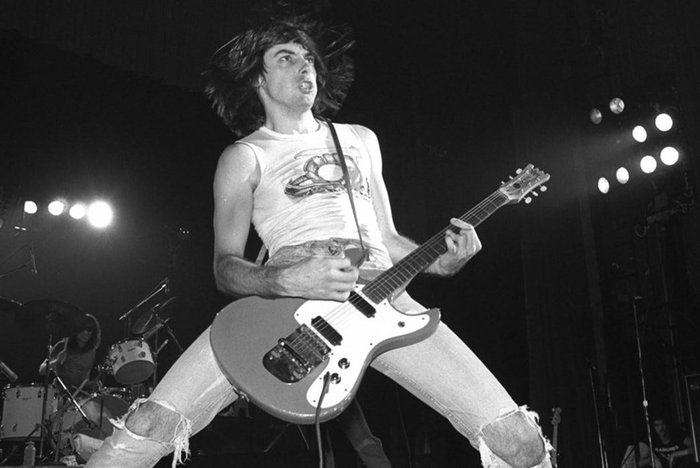
Did Johnny Ramone’s controlled chaos on guitar define the sound of an entire movement? Substantial analysis supports this claim: musicologist Steve Waksman has asserted that the Ramones “essentially invented punk rhythm guitar.” Johnny’s unwavering application of rapid fire, all-downstroke playing crafted a relentless momentum—one that not only unified the Ramones’ music, but also catalyzed punk scenes from New York to London. Through consistent, repeatable patterns, Johnny established a sonic identity so instantly recognizable that it transcended his own band. However, this formula was a double-edged sword; while it provided musical cohesion, it could also constrain melodic variation. Yet, there is consensus that his method exemplifies how one guitarist’s creative discipline can harmonize chaos into an enduring legacy.
What Made Johnny Ramone’s Guitar Style Revolutionary?
Defining His Iconic Guitar Techniques
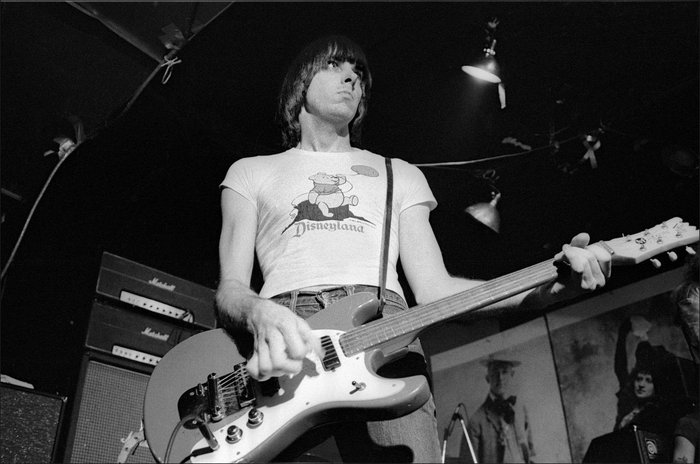
What technical principles underpinned Johnny Ramone’s unyielding rhythm work? Detailed breakdowns reveal a focus on three primary elements: rapid downstrokes, strictly limited chord voicings (primarily root-fifth power chords), and rigid, algorithmic timing. A 2013 scientific tempo analysis of Ramones songs demonstrated that Johnny’s average picking speed exceeded 160 beats per minute—comparable to thrash metal, yet achieved almost exclusively with downstrokes. While this removes the fluid dynamism offered by mixed picking and arpeggios, it intensifies percussive drive and uniform attack, giving the music its famously visceral edge. Some critics note that this constraint can render parts monotonous, but others argue that the relentless repetition is precisely what gives the sound its hypnotic force. In hands-on learning environments, Johnny’s playing is often cited as an embodiment of “discipline over display,” serving as both an inspiration and a technical workout for rhythm players.
Signature Sound: The Art of Downstrokes
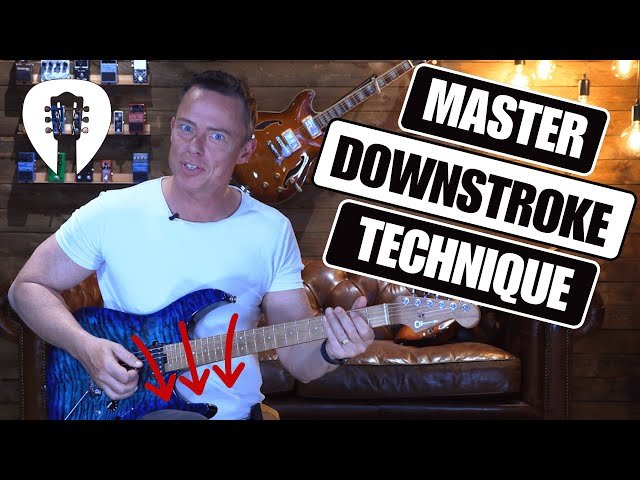
Signature Sound: The Art of Downstrokes
Could relentless downstrokes really be the core of punk’s explosive energy? Objectively, Johnny Ramone’s technique required immense physical fitness and mental coordination—his style, akin to “drumming on guitar,” was so demanding that multiple sources cite increased rates of arm fatigue and repetitive strain injury among would-be imitators. Research from the National Center for Biotechnology Information (NCBI) shows that this kind of repetitive motion can lead to cumulative trauma in professional musicians. While Johnny himself rarely addressed this risk, his approach serves as both a model and caveat: to access the musical ferocity of all-downstroke playing, players must develop careful technique and regular recovery habits. For many, this discipline is as enlightening as it is physically challenging. The takeaway is clear: downstroke mastery is possible but demands rigorous, sustainable practice habits—and for some, adaptation to avoid long-term injury.
Where Did Johnny Ramone Get His Sound? Gear Deep Dive
Main Axes: Mosrite Ventures II and Hamer Special
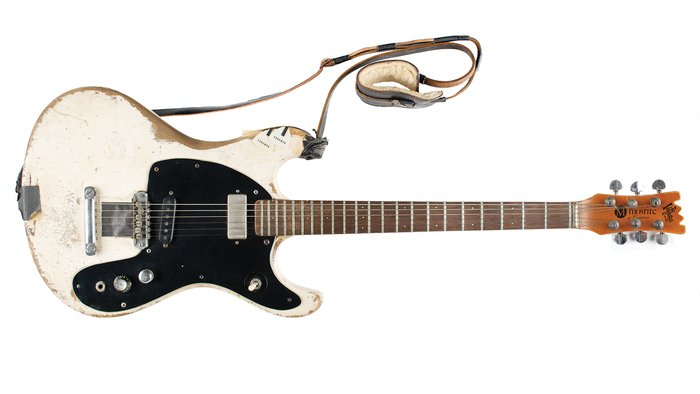
Why did Johnny Ramone select ostensibly “budget” guitars such as the Mosrite Ventures II and Hamer Special to power the Ramones’ unique sound? Drawing from both interviews and auction data, the choice was more pragmatic than ideological: Mosrite guitars were affordable and available, but offered bright, high-output pickups ideal for cutting punk rhythm. The Mosrite Ventures II provided fast-playing necks and an aggressive tone, while his Hamer Special—and occasionally borrowed Fender and Rickenbacker models—added durability and a slightly different timbre. Notably, Johnny’s main Mosrite guitar recently fetched nearly one million dollars at auction, reinforcing its mythic status. These choices illustrate a guiding insight: affordable gear, when chosen for specific sonic characteristics, can underpin an iconic sound just as much as prestigious models. Yet, this approach sometimes meant sacrificing tuning stability or durability in high-impact tour settings, requiring frequent maintenance and backup plans. For today’s punk guitarist, the message is pragmatic: prioritize performance and feel over reputation or cost.
Gear Customizations and Punk Practicality
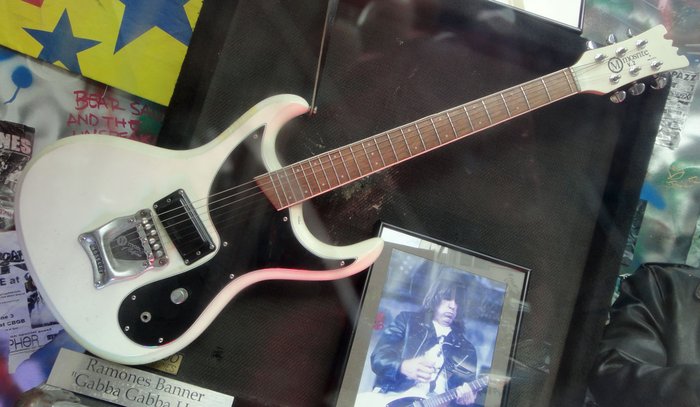
Can targeted, minimalist modifications convert a standard instrument into a formidable punk tool? Analyzing Johnny’s approach and broader punk lutherie, it’s clear that functional changes—such as swapping or rewiring pickups, and reducing onboard electronics—offered tangible benefits. Johnny reportedly simplified his guitar wiring to avoid mid-show failures, reflecting the punk value of “function-over-form.” Resources such as specialized pickup wiring tutorials now allow players to emulate these shifts. However, a critical perspective acknowledges that excessive modification can compromise tonal diversity or result in unrecoverable changes. The most successful customizations, as culture critics note (see this analysis of musical iconography), reflect a balance of necessity and personality rather than mere novelty. In essence, Johnny’s legacy in this regard is the practical elevation of reliability and directness—an ethos chronicled in essays on punk’s DIY culture.
When Did His Techniques Influence Punk Rock?
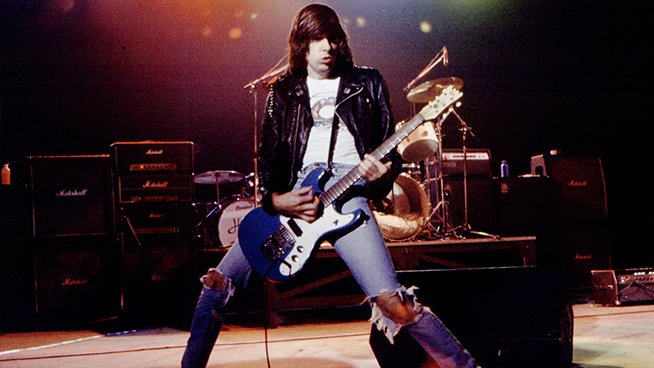
Did punk guitar as we know it precede Johnny Ramone, or did his specific methods establish punk’s default rhythm template? Historical analysis suggests that while proto-punk acts such as The Stooges and MC5 featured raw rhythms, it was the Ramones who distilled the approach into a durable, teachable template. Scholarly sources note that post-1976, following the Ramones’ debut, the frequency of all-downstroke rhythm in punk’s next wave (Sex Pistols, Buzzcocks, and countless others) rose sharply. Yet, there is an ongoing dialogue within punk circles: while Johnny’s minimalism streamlined punk to its energetic basics, this narrow approach can be seen as prescriptive—threatening the genre’s own tradition of experimentation. Even so, the establishment of relentless rhythm and minimal arrangement remains a touchstone for aspiring punk guitarists worldwide, providing a technical entry point and creative challenge.
Why Johnny Ramone’s Approach Still Inspires Musicians
What sustains Johnny Ramone’s standing as a reference point for modern guitarists, decades after his active years? The answer lies in his unmistakable sound, rigorously original method, and the ethos he personified: one of creative minimalism under self-imposed constraints. Numerous musicians—Tom Morello, Steve Jones, and Billie Joe Armstrong among them—have described Ramone’s approach as “liberating,” a validation of commitment over complexity. However, some observers note that his style, if imitated too closely or exclusively, risks inhibiting growth in phrasing, voicing, or melodic exploration. Thus, while Johnny’s legacy offers a vivid paradigm of discipline, power, and energy, its optimal value may be as a tool for wide-ranging innovation, rather than a template to be copied without adaptation. For the aspiring punk or alternative guitarist, his influence is best seen as instructive: harness simplicity to cultivate personal expression, not as a limit but as a creative starting point.
FAQs: All About Johnny Ramone’s Guitar Gear & Style
What are the key characteristics of Johnny Ramone’s guitar style?
How did Johnny Ramone approach songwriting?
What equipment did Johnny Ramone use to achieve his signature sound?
Why is Johnny Ramone considered influential among punk guitarists?
Conclusion: Lessons for Today’s Punk Guitarists
What can emerging guitarists learn by critically examining Johnny Ramone’s stripped-down methods? Beyond specific techniques, his legacy instructs that profound impact can result from disciplined focus, deliberate musical limitations, and indomitable energy. At the same time, the possible downsides—repetition, physical wear, and creative pigeonholing—underline the need for adaptation and self-awareness. For today’s punk and alternative players, the Ramone method is neither a strict formula nor an anachronism; instead, it is a practical, tested pathway to finding one’s voice, reminding us that creativity often thrives within—even because of—constraint. In dissecting Johnny Ramone’s approach, musicians gain not only technical insights but a model for shaping musical identity with intention and integrity.